We are in the heart of the South Atlantic Ocean, roughly halfway between Angola and Brazil, in one of the most isolated places on Earth.
“It’s rush hour,” says my guide, Aaron, as only one car passes.
Until then, some 1,200 miles from the nearest continent, we had the winding roads of the British Overseas Territory almost entirely to ourselves, with uninterrupted views of chameleon-like landscapes that seem to pass in the blink of an eye from rocky plateaus to green landscapes. valleys full of banana trees and bamboo groves.
At Painter’s Palette, mineral deposits color the cactus-studded landscape with the colors of a healing bruise.
Further on, the tops of the cliffs offer a breathtaking view of the sea. The waves crash onto the black sand beaches.
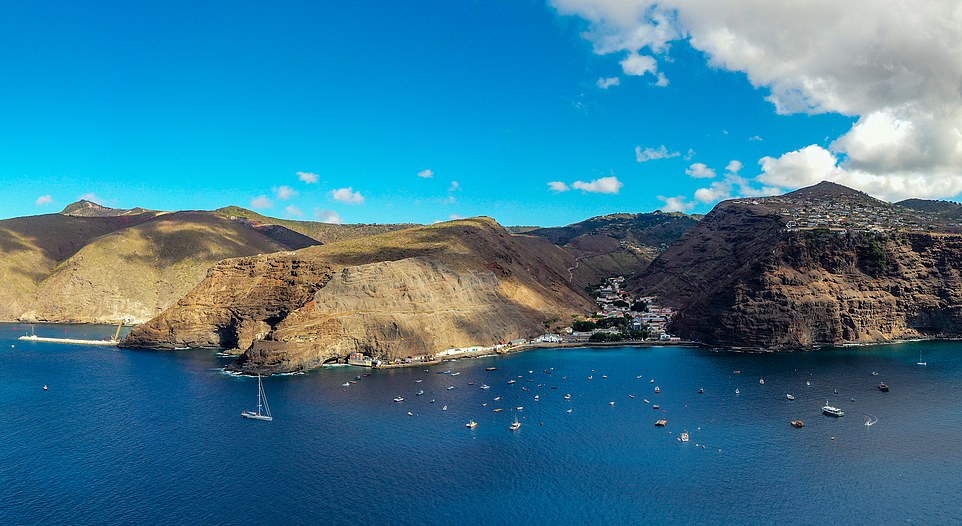
Splendid isolation: Sarah Holt travels to Saint Helena in the South Atlantic, 1,200 miles from any continent
Most of the time, no one else is present. Solitude is easy to find on St. Helena, as you would expect on an island about ten by five miles, with a population of 4,400.
Yet this distant British outpost is set to welcome new flights from Cape Town, South Africa, from December (currently only from Johannesburg).
My modern and comfortable hotel, the Mantis, is located in the island’s small capital, Jamestown, squeezed into a narrow valley.
After a recommendation from a local, I take a 1.5-mile walk to an overlook called Munden’s Point to watch a blazing sunset.
I’m all alone again – and it’s the same on a hike to South Point, where the blurry hills and patches of gorse remind me of Wales, with more sheep than people .
Even a visit to Napoleon’s tomb, one of the island’s most popular tourist attractions, proves crowd-free.
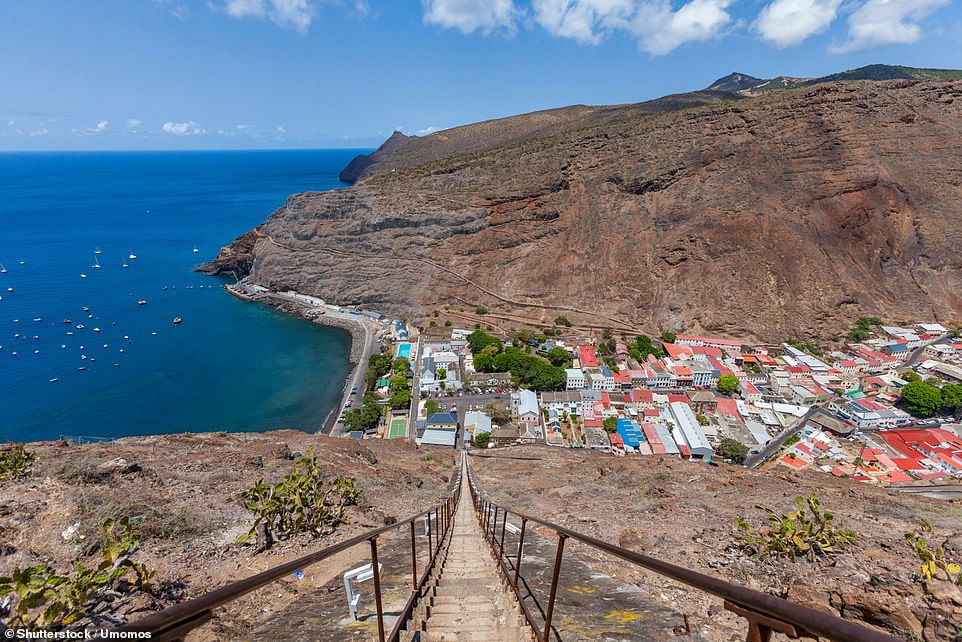

Sarah stays in St Helena’s small capital, Jamestown (pictured), which is ‘stuck in a narrow valley’
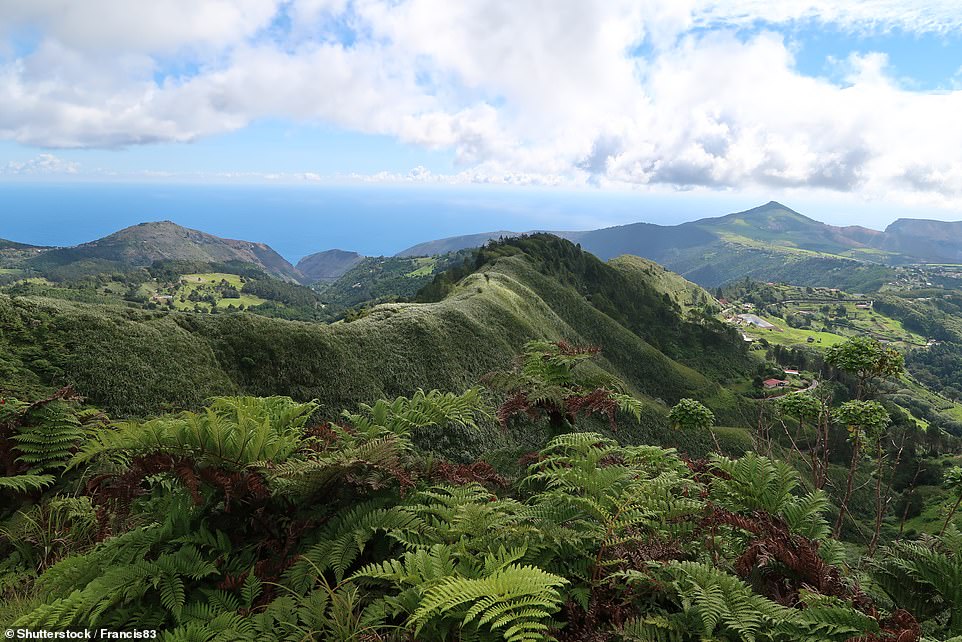

Pictured: Diana’s Peak, the highest point on the island of St. Helena at 2,684 feet (818 m)
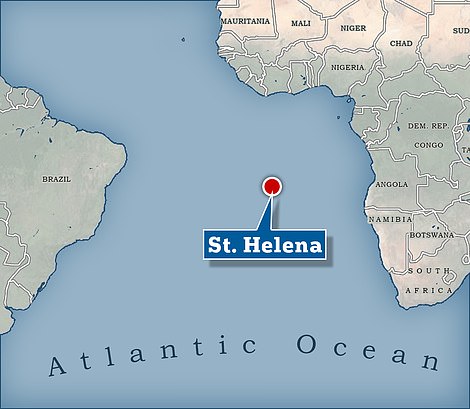

St. Helena is about 1,200 miles from the nearest continent, between Angola and Brazil.
The former French emperor was deported to Saint Helena in 1815 after the defeat at the Battle of Waterloo and remained there until his death in 1821.
The path to his ancient grave in the Sane Valley passes towering Norfolk pines and eucalyptus trees, with bees, crickets and croaking frogs providing the soundtrack.
The tomb is empty, Napoleon’s body having been returned to France in 1840.
St. Helena is not a lonely place.
In Jamestown, people wave and wave, sometimes stopping to chat. Their accents remind me of British boarding schools one minute and Jamaican the next.
It’s called “Saint Speak” — off is pronounced “orf,” for example, and h’s are often omitted from “e” words, turning “thing” into “ting.”
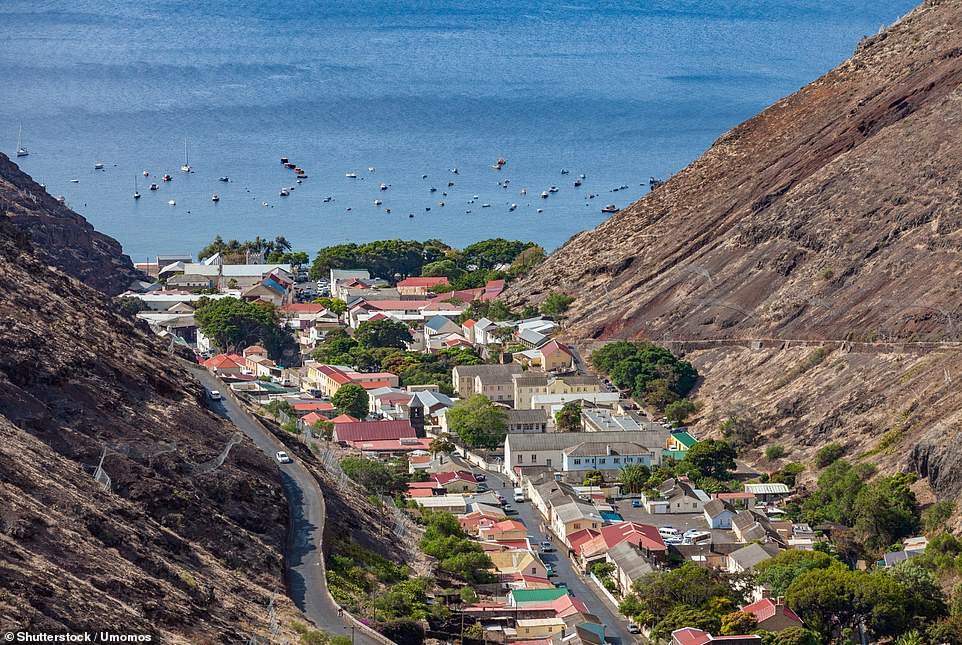

The isolated island measures approximately ten by five miles and has a population of just 4,400.
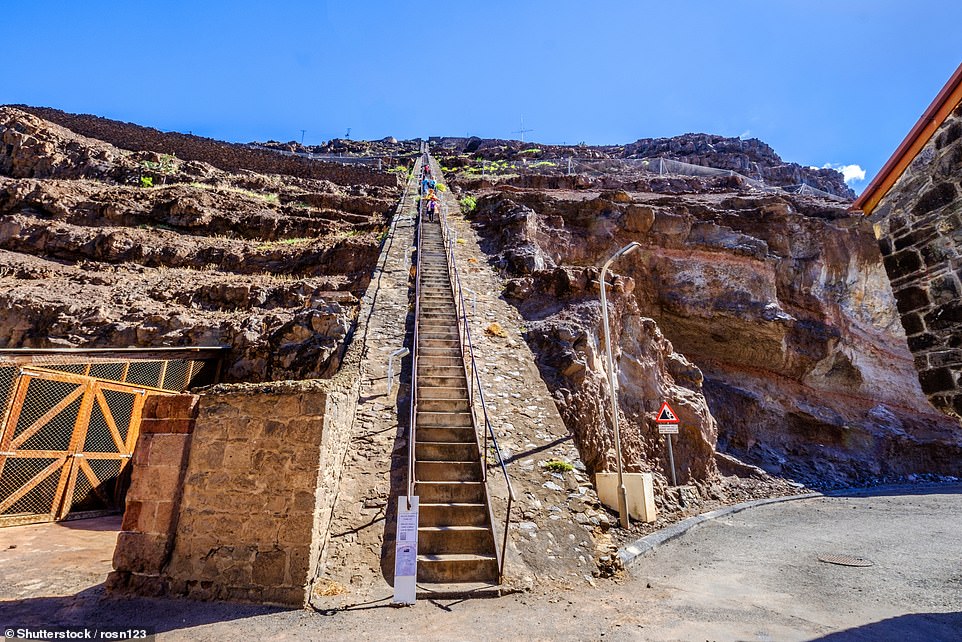

Pictured: The 699 steep steps of the Grade I listed Jacobs Ladder which lead to Jamestown
Saint Helena is British, but with a twist. As I enter the Consulate, one of the oldest hotels in Jamestown, I chat with Lucy and the topic turns to food.
“Ask anyone what they eat on Sunday and they’ll say roast,” she says. So far, it’s all similar, I think, before she adds, “And curry.” “On the same plate? ” I ask.
“Yes, roast pork, chicken or beef and curry, with roasted carrots and potatoes.”
The currency of Saint Helena is the pound sterling, but the images on the coins differ from those of the country.
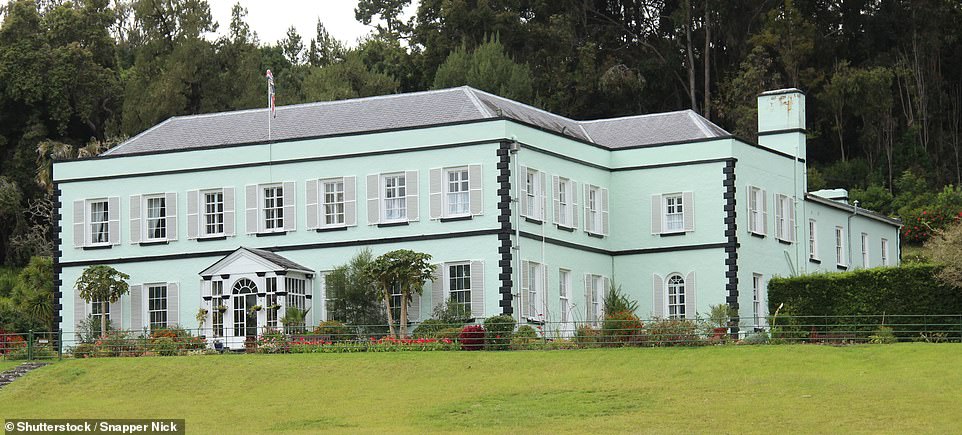

Above is Plantation House, the permanent residence of the Governor of St. Helena.
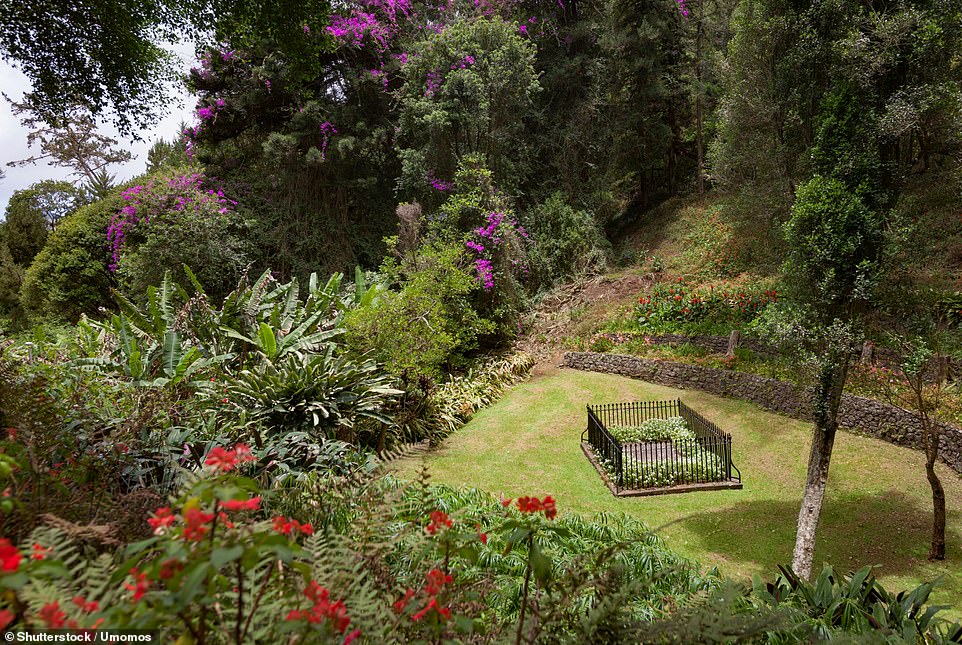

Sarah visits the tomb of Napoleon (photo), the French emperor who died in exile on the island in 1821
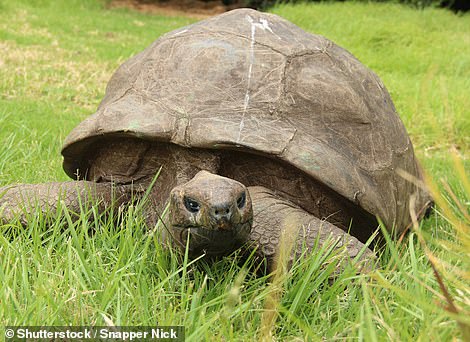

Jonathan is the oldest land animal in the world at 191 years old
On the 5p, for example, there is a photo of “Jonathan the Turtle”, a resident of Saint Helena, the oldest land animal in the world, aged 191 years.
You can see Jonathan on a tour of Plantation House, a Grade I listed building with 280 acres of land which is the permanent residence of the Governor of St Helena.
Jonathan, all 200 kg of him, wanders on the lawn.
The waters around St. Helena are teeming with marine life. While out on a RIB (rigid inflatable boat), more than 400 pantropical dolphins suddenly surround our boat, jumping, diving and tumbling.
Between January and March, visitors can swim with plankton-eating whale sharks. From June to December, tourists can also take whale watching tours.
Britain with a twist, of course. Peace and tranquility (and solitude) in the middle of an ocean teeming with life.
